10 Best Tips for Solar Panel Efficiency
You want to get the most out of your solar panels, right? Well, we’ve got you covered with our 10 best tips for maximizing their efficiency. From optimizing panel tilt and angle to choosing the right location, we’ll show you how to make the most of the sun’s power.
With regular cleaning and maintenance, using high-efficiency panels, and managing your energy consumption, you’ll be well on your way to harnessing the full potential of solar energy. Let’s get started!
Key Takeaways
- Position solar panels to face south for maximum sunlight throughout the day
- Regular cleaning and maintenance ensure optimal panel performance
- Choose high-efficiency solar panels for maximum electricity generation
- Invest in a solar tracker system to optimize energy output and production
Maximize Sun Exposure
To maximize sun exposure, you should position your solar panels to face south. This orientation allows your panels to capture the most sunlight throughout the day, maximizing the energy they generate. By facing south, your panels receive direct sunlight for the longest duration, which increases their efficiency.
When solar panels are angled towards the south, they’re able to absorb the maximum amount of sunlight, converting it into usable electricity. This is especially important in regions with a significant amount of sun exposure.
Choose the Right Location
Finding the optimal location is crucial for maximizing the efficiency of your solar panels. When selecting the right spot, consider the following factors:
Sun Exposure:
- Place your solar panels in an area that receives the maximum amount of sunlight throughout the day.
- Ensure that there are no tall buildings, trees, or other obstructions that could potentially cast shadows on your panels.
Orientation and Tilt:
- Orient your panels towards the south or southwest to capture the most sunlight.
- Adjust the tilt of your panels based on your latitude to optimize energy production.
By carefully choosing the location for your solar panels, you can maximize energy production and minimize shading, ensuring the highest possible efficiency.
Clean and Maintain Panels Regularly
To ensure optimal performance of your solar panels, it’s crucial to clean and maintain them regularly.
Regular maintenance helps to remove dirt, debris, and other particles that can accumulate on the panels, reducing their efficiency.
Importance of Regular Maintenance
Regular maintenance is crucial for maximizing the efficiency of your solar panels. By regularly cleaning and maintaining your panels, you can ensure they’re operating at their optimal level, resulting in increased energy production and savings.
Here are the key reasons why regular maintenance is important:
Importance of cleaning:
- Dust, dirt, and debris can accumulate on the surface of the panels, reducing their ability to absorb sunlight effectively.
- Regular cleaning helps remove these contaminants, allowing the panels to capture more sunlight and generate more electricity.
Benefits of professional maintenance:
- Professional maintenance ensures that your solar panels are thoroughly inspected and any issues are identified and addressed promptly.
- Professionals have the expertise and specialized equipment to clean and maintain the panels efficiently, saving you time and effort.
Regular maintenance not only extends the lifespan of your solar panels but also ensures that they continue to operate at peak performance, providing you with the maximum benefits of solar energy.
Impact on Panel Performance
To maximize the efficiency of your solar panels, it’s essential that you regularly clean and maintain them. Neglecting the cleanliness and upkeep of your panels can have a significant impact on their longevity and overall performance.
Over time, dirt, dust, and debris can accumulate on the surface of the panels, reducing their ability to absorb sunlight effectively. This buildup can cause a decrease in energy production and efficiency.
In addition, weather conditions can also affect the performance of your panels. Extreme temperatures, such as excessive heat or cold, can cause damage to the panels and decrease their efficiency. Similarly, heavy rain or snow can obstruct the panels and hinder their ability to convert sunlight into electricity.
Optimize Panel Tilt and Angle
To maximize sunlight absorption and improve solar panel efficiency, it’s crucial to optimize the panel tilt and angle.
By making seasonal adjustments to the panel tilt, you can ensure that the panels are positioned at the optimal angle for maximum sunlight exposure throughout the year.
Calculating the optimal angle based on your location and the time of year can further enhance the panel’s performance, allowing you to harness more solar energy and increase your overall energy production.
Maximum Sunlight Absorption
Optimizing the tilt and angle of your solar panels maximizes sunlight absorption, increasing their efficiency. To ensure you maximize solar efficiency and increase energy output, consider the following tips:
- Panel Tilt: Adjust the tilt angle of your solar panels based on your location’s latitude. For example, if you’re in the northern hemisphere, tilt your panels towards the south, and vice versa. This angle helps panels capture the maximum amount of sunlight throughout the day.
- Panel Angle: Determine the optimal panel angle based on the season. In the summer, a flatter angle may be more efficient, while a steeper angle could be advantageous in the winter. Adjusting the angle helps panels receive sunlight more directly, leading to increased energy production.
Seasonal Tilt Adjustments
Adjusting the tilt and angle of your solar panels seasonally is crucial for optimizing their efficiency and maximizing energy production. Seasonal tilt adjustments allow you to align your panels with the sun’s changing position throughout the year, ensuring that they receive the maximum amount of sunlight. By doing this, you can significantly improve the energy efficiency of your solar panels and increase their overall performance.
During the winter months, it’s recommended to increase the tilt angle of your panels to capture more sunlight, as the sun is lower in the sky. This will help compensate for the reduced daylight hours and the lower sun intensity.
Conversely, during the summer months, it’s advisable to decrease the tilt angle to avoid overheating and to take advantage of the higher sun intensity.
Regularly adjusting the tilt and angle of your solar panels is a simple yet effective way to optimize their energy production and increase your return on investment. By following these seasonal tilt adjustments, you can maximize the efficiency of your solar panels and generate more clean, renewable energy for your home or business.
Optimal Angle Calculations
When calculating the optimal angle for your solar panels, consider the changing seasons and how they affect the sun’s position throughout the year. By optimizing the tilt and angle of your panels, you can maximize their efficiency and harness more solar energy.
Here are some key points to keep in mind:
- Seasonal Adjustments: Adjust the angle of your solar panels at different times of the year to ensure maximum exposure to sunlight. During the summer, when the sun is higher in the sky, increase the tilt angle to capture more sunlight. In the winter, when the sun is lower, decrease the tilt angle to optimize energy generation.
- Geographic Location: The optimal angle for your solar panels also depends on your geographic location. Use online calculators or consult with professionals to determine the ideal tilt angle based on your latitude and longitude.
Use High-Efficiency Solar Panels
Upgrade to high-efficiency solar panels to maximize your energy output.
High-efficiency solar panels are designed to convert a larger portion of sunlight into usable electricity, increasing the overall output of your solar system. These panels utilize advanced technologies and superior materials to achieve higher conversion efficiencies, allowing you to generate more electricity from the same amount of sunlight.
By choosing high-efficiency panels, you can maximize the return on your investment and enjoy greater energy savings over the long term. Additionally, high-efficiency solar panels often come with longer warranties, ensuring their durability and performance for many years to come.
With their increased efficiency and reliability, high-efficiency solar panels are a smart choice for those looking to maximize their solar energy production and reduce their carbon footprint.
Invest in a Solar Tracker System
To further enhance the efficiency of your solar panel system, consider investing in a solar tracker system, which can optimize the amount of sunlight your panels receive throughout the day. A solar tracker is a device that follows the movement of the sun, ensuring that your panels are always facing the sun at the optimal angle.
This technology offers several benefits:
- Increased energy production: Solar trackers can boost energy production by up to 25% compared to fixed panels. By continuously adjusting the position of your panels, solar trackers maximize their exposure to sunlight, resulting in higher electricity generation.
- Improved efficiency during cloudy days: Solar trackers can help mitigate the impact of cloudy weather. By constantly adjusting the panel angle, they can capture more sunlight, even under less than ideal conditions.
Investing in a solar tracker system is a wise choice if you want to maximize the energy output of your solar panel system and enjoy the benefits of increased energy production.
Reduce Shading on Panels
One way to improve the efficiency of your solar panel system is by reducing shading on the panels using proper placement and trimming of nearby trees or objects. Shading on solar panels can significantly decrease their energy production, so it’s crucial to minimize obstructions and prevent shading as much as possible.
When installing your solar panels, choose a location that receives maximum sunlight throughout the day and avoid areas where shadows from buildings or trees may fall on the panels.
Regularly monitor the surroundings of your panels and trim any branches or objects that may cast shadows on them.
Monitor and Manage Energy Consumption
Maximizing solar panel efficiency involves closely monitoring and managing your energy consumption. By implementing energy saving techniques and smart energy management strategies, you can optimize the performance of your solar panels and reduce your overall energy usage. Here are some important tips to help you monitor and manage your energy consumption effectively:
- Install a smart energy monitoring system: Use advanced technologies to track and analyze your energy usage in real-time. This will provide you with valuable insights into your energy consumption patterns and help you identify areas for improvement.
- Set energy consumption goals: Establish targets for reducing your energy usage and track your progress towards achieving them. This will motivate you to make conscious efforts to conserve energy.
- Implement energy-saving practices: Adopt simple habits such as turning off lights and appliances when not in use, using energy-efficient appliances, and optimizing heating and cooling settings to minimize energy waste.
- Educate yourself: Stay informed about the latest energy-saving techniques and technologies. This will enable you to make informed decisions and implement effective energy management strategies.
Install a Solar Panel Optimizer
To optimize the efficiency of your solar panel system, consider installing a solar panel optimizer. This device maximizes energy output by individually monitoring and optimizing the performance of each panel.
Enhanced Energy Output
Install a solar panel optimizer to increase your energy output efficiently. A solar panel optimizer is a device that ensures each panel in your solar system performs at its maximum potential, allowing you to generate more electricity. Here are two key benefits of installing a solar panel optimizer:
Improved Panel Efficiency:
- A solar panel optimizer optimizes the performance of individual panels, mitigating the impact of shading or dust on the overall system.
- By maximizing the output of each panel, it significantly improves the overall efficiency of your solar system.
- With improved efficiency, you can generate more electricity from the same amount of sunlight, enhancing the return on your investment and reducing payback time.
Increased Energy Production:
- By installing a solar panel optimizer, you can increase the energy production of your solar system.
- It helps overcome the limitations caused by panel mismatch, age, or degradation, ensuring that your panels produce the maximum amount of electricity possible.
- This increased energy production allows you to meet a larger portion of your energy needs, reducing your reliance on the grid and potentially saving you more money in the long run.
Long-Term Cost Savings
To achieve long-term cost savings, consider adding a solar panel optimizer to your system.
A solar panel optimizer is a device that maximizes the energy output of each individual solar panel in your array. By installing a solar panel optimizer, you can significantly increase the efficiency of your solar panels, resulting in higher energy production and ultimately, greater cost savings.
Solar panel optimizers work by continuously monitoring the performance of each panel and making real-time adjustments to optimize their output. This ensures that each panel is operating at its highest potential, even in less than ideal conditions.
The use of a solar panel optimizer is one of the most cost-effective solutions to improve the efficiency and longevity of your solar system. By investing in this technology, you can enjoy long-lasting benefits and maximize your return on investment.
Regularly Inspect and Troubleshoot System
Make sure to regularly inspect and troubleshoot your solar panel system’s components to ensure its optimal performance. Proper maintenance is crucial to maximize your system’s efficiency and extend its lifespan. Here are some troubleshooting tips and system inspection techniques to help you in this task:
Visual Inspection:
- Check for any physical damage or loose connections on the panels, wiring, and mounting system.
- Look for any shading issues caused by nearby trees or buildings that may obstruct sunlight.
Electrical Testing:
- Measure the voltage and current output of each solar panel to ensure they’re within the expected range.
- Use a multimeter to detect any abnormalities in the system’s electrical connections.
Regularly inspecting and troubleshooting your solar panel system will help identify and address issues promptly, preventing any performance degradation or potential failures. By maintaining your system’s optimal performance, you can enjoy a reliable and efficient solar energy generation experience for years to come.
Conclusion
In conclusion, by implementing these tips, you can ensure maximum efficiency and performance from your solar panels. Just like a well-oiled machine, your solar system will harness the power of the sun to its fullest potential, providing you with clean and sustainable energy. So, get ready to shine bright like a star and make a positive impact on both the environment and your energy bills.
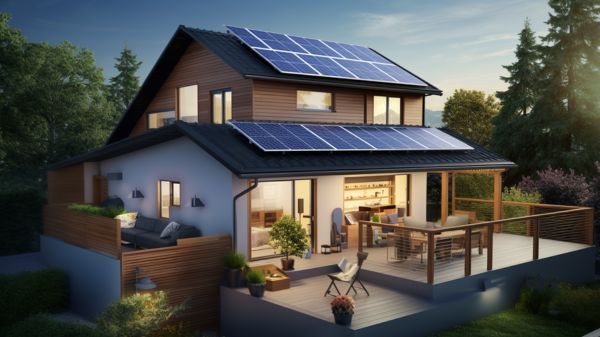
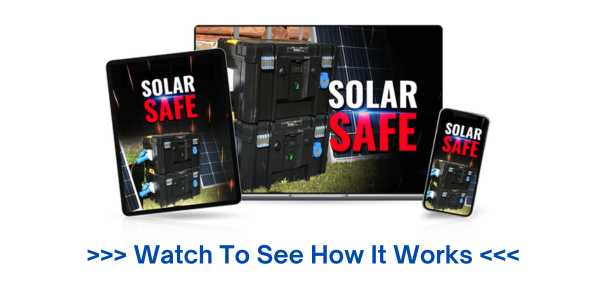
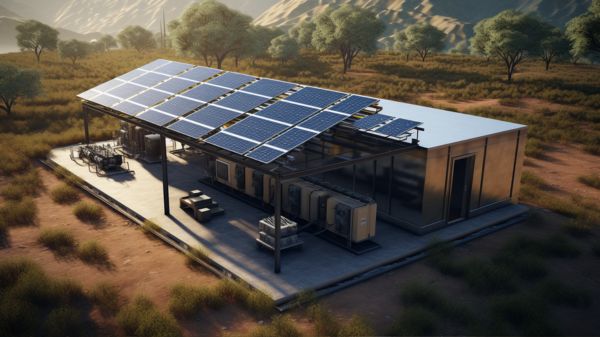
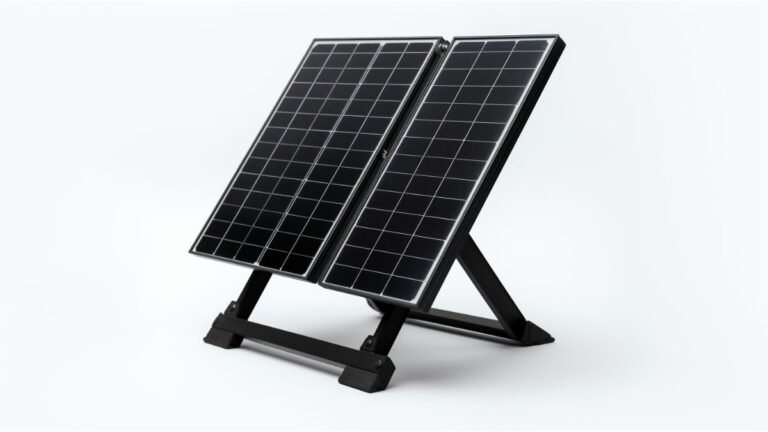

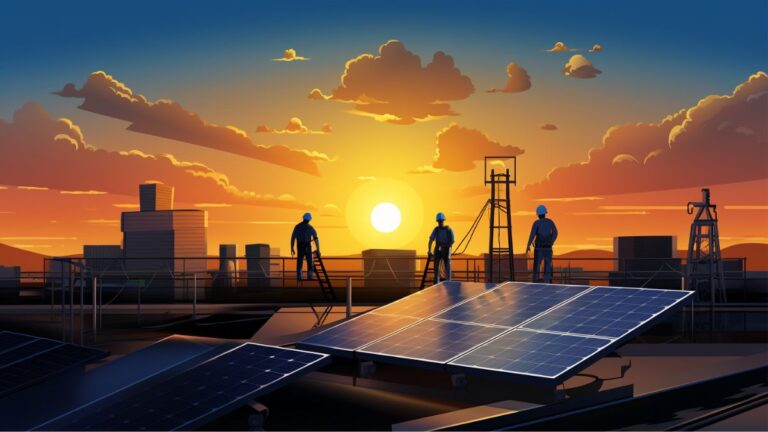
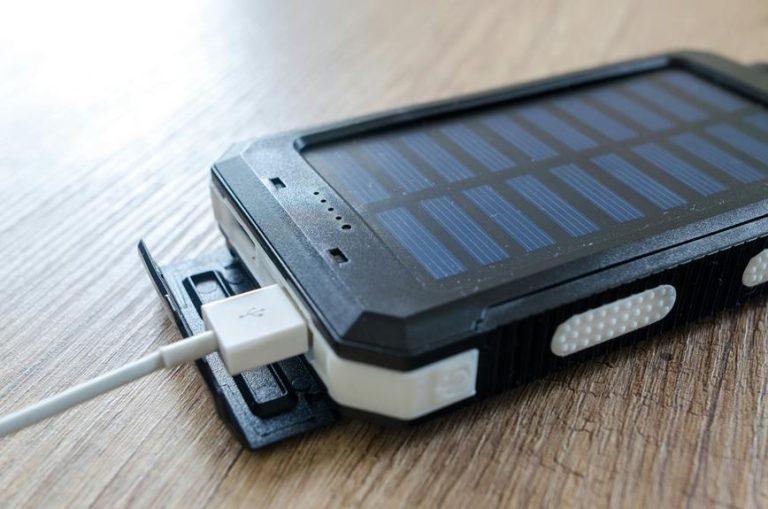
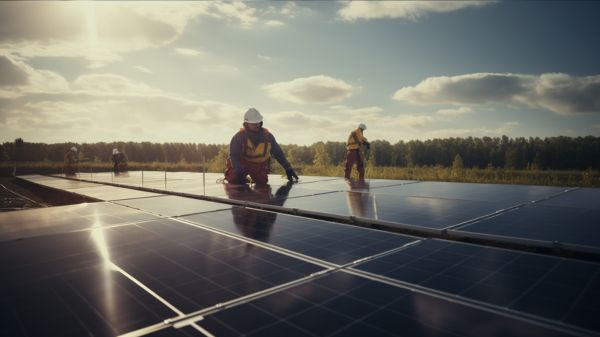
2 Comments
Comments are closed.